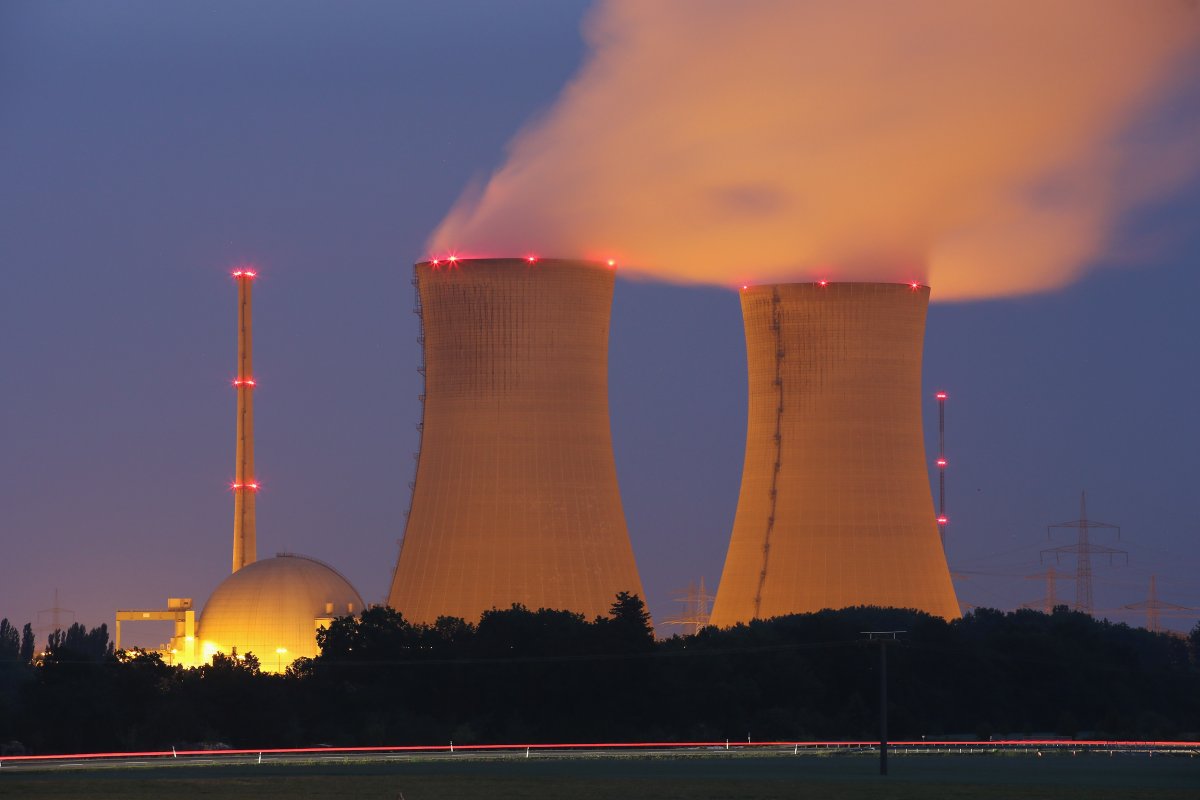China has disposed of nuclear waste by turning it into glass as the country continues on its path to generate more nuclear power.
The disposal technique was carried out on Saturday at a facility in Guangyuan in southwest China's Sichuan province, according to state news outlet The Global Times which cited the country's State Administration of Science, Technology, and Industry for National Defense.
The newspaper added that the technique, performed in the country for the first time, marks a major step forward for China's nuclear industry.
Nuclear power is sometimes seen as a source of green energy due to nuclear power plants not producing greenhouse gasses.
However, they do produce nuclear waste, because although spent nuclear fuel is no longer useful for generating power, it does still release heat and radiation for many, many years afterwards.
The issue is how to dispose of it.
China's disposal method was carried out by mixing liquid nuclear waste with glass materials at temperatures of around 1,100 degrees Celsius, or more than 2,000 degrees Fahrenheit.
Once cooled, the nuclear waste is then stored within the glass, which helps prevent dangerous radioactivity from leaking out.
China is not the first country in the world to perform this technique, which is referred to as nuclear waste vitrification. The term 'vitrification' comes from the latin term for glass: vitrum.
A number of countries, including the U.S., France, Germany and others have disposed of nuclear waste in this way.
The U.K., for example, sets out its own nuclear vitrification process on its Radioactive Waste Inventory website. It explains that liquid nuclear waste is mixed with crushed glass in a furnace, and the molten produce is then poured into stainless steel containers which each hold around 150 litres of the nuclear waste for long-term storage and disposal.
According to The Global Times, China's glass nuclear waste is due to be kept in a storage site hundreds of meters underground.
Liu Yongde, chief engineer at the China Atomic Energy Authority, told the state news outlet that the storage method would help China achieve its goal of carbon neutrality before 2060.
China's nuclear power drive is increasingly due to pollution from the country's coal-fired power plants which provide the vast majority of electricity there, according to 2018 data from the International Energy Agency (IEA).
The World Nuclear Association states that China has become largely self-sufficient in designing and building its own nuclear reactors, and currently operates 51 of them with another 18 under construction.
According to Forbes, this puts China third in the world in terms of the number of operational reactors, behind the U.S. and France.

Uncommon Knowledge
Newsweek is committed to challenging conventional wisdom and finding connections in the search for common ground.
Newsweek is committed to challenging conventional wisdom and finding connections in the search for common ground.
About the writer
To read how Newsweek uses AI as a newsroom tool, Click here.








